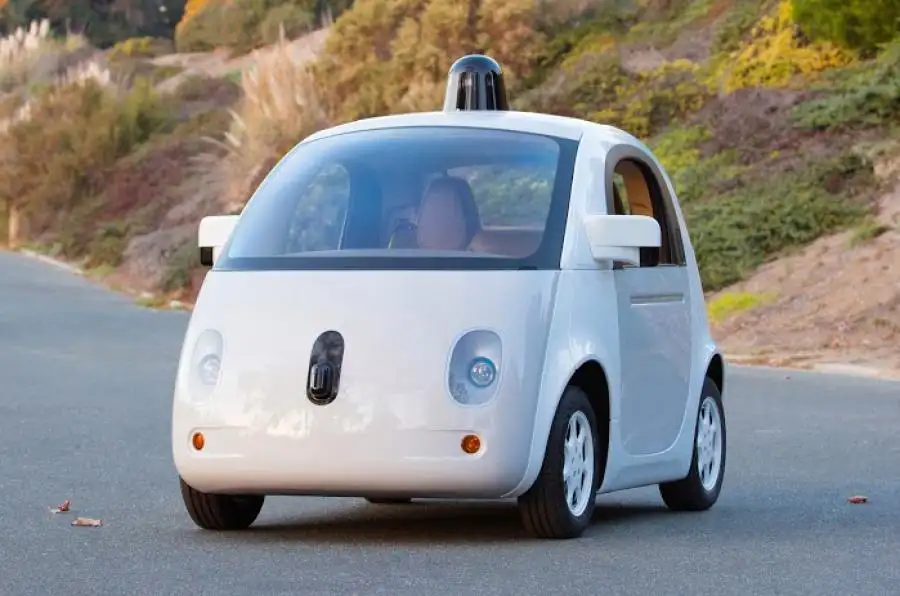Google’s self-driving car project has been spun off into its own company, called Waymo.
The move, confirmed by Waymo’s boss John Krafcik, demonstrates Google’s advanced development of autonomous technology, despite previous reports alleging that the project had been canned.
Read the latest on Google's Waymo self-driving cars project here
The creation of Waymo suggests Google's parent company Alphabet is keen to monetise its research and development into autonomous driving, as rivals gather pace in a bid to be the first to launch production-ready self-driving vehicles.
While early reports suggested that Google would produce its own autonomous car, it now looks unlikely that this is the purpose of the newly formed company.
Instead, the potential areas of business for Waymo spread beyond providing the technology under license to the new car market. During the press conference confirming Waymo, Krafcik mentioned freight and the car sharing industry, as well as public transport, which includes new ride-hailing businesses such as Uber.
He said: "We can see our technology being useful in personal vehicles, ridesharing, logistics, or solving last mile problems for public transport. In the long term, self-driving technology could be useful in ways the world has yet to imagine, creating many new types of products, jobs, and services"
"It's an indication of the maturity of our technology," he added, outlining the company’s “confidence that we are close to bringing this to a lot of people”.
An early adopter of the technology is likely to be Fiat Chrysler Automobiles (FCA), which recently provided Waymo with 100 Chrysler Pacifica MPVs to its autonomous fleet, adding to its existing Pacifica test cars. It’s likely that one of these will be displayed at the CES show in January.
The name Waymo, according to Krafcik, comes from ‘way forward in mobility’, and the company’s aim is to eliminate the deaths caused on roads caused by drunk, tired or distracted driving.
The equivalent of 300 years or 2 million miles of tests has been carried out on Waymo’s self-driving prototypes, and in October 2015, Krafcik claimed, the world’s first fully self-driven car journey was undertaken by Waymo when the company was still in its ‘Google car’ stages. A blind man was the only passenger in the car.





Join the debate
Add your comment
There are two ways to realize self-driving...
2. Reinvent the car to optimize self-driving capability
The first one implies a Tier1 relationship with the car industry. The second might mean "Kodak" the car industry into oblivion.
I'll just translate that failure talk.
Expect full wind-down some time soon.
How?
When Uber, Google & Amazon hook up